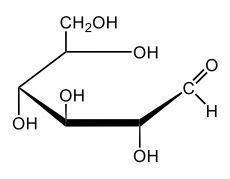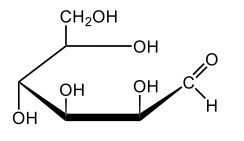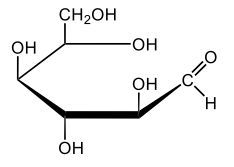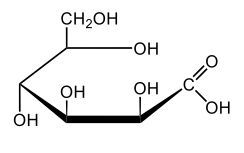In aqueous solutions, hemiacetal forms of monosaccharides are in equilibrium with the open-chain form. With this idea, we have what's called mutarotation. Now mutarotation is just the interconversion of the alpha and beta forms through repeated ring opening and closing. So we can say here that we have the acyclic form, the open ring form, the open chain form, and it can either close to make the alpha form, or it could close to make the beta form. We could also have one of these ring forms opening to create the non-cyclic form here, and then it closing to make the other ring form.
So that's what we're talking about interconversion. Now here, remember that our anomeric carbon or our hemiacetal carbon is carbon number 1. Before it closes to make the rings of alpha and beta, it was just D-glucose. And in this open form, this oxygen was an OH group. And carbon number 1, in this case, was an aldehyde group, so it had a double bond to O and an H. The open form is the least stable of all the forms in aqueous environments. So small, in fact, that we say there are only trace amounts of it. Way smaller than a percentage.
And when comparing alpha versus beta, we're going to say here, about 36% of all D-glucose within an aqueous environment exists in the alpha-D-glucose form. And the remaining about 64% exists in the beta form. We can see that the beta form has a much larger percentage. That tells me that the beta anomer of D-Glucose is more stable than the alpha form. Alright. So, we would say beta D-glucose is the most stable within an aqueous environment, followed by the alpha form, and then the open ring open form that's not in a ring will be the least stable out of the 3.






